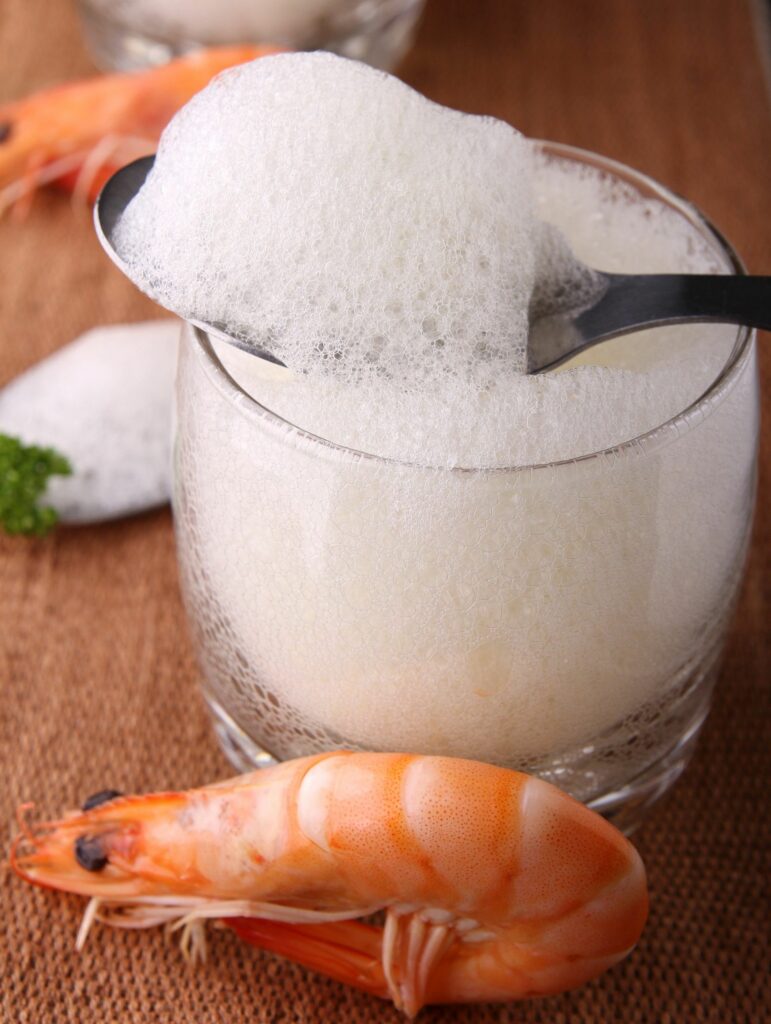Okay, so what is molecular gastronomy? Well, had you asked a chef that question in the nineties, chances are they’d tell you molecular gastronomy is the study of the chemical processes that take place during cooking or food preparation. To further elucidate their point, they probably would have talked about the chemists who create various junk foods and maybe said a thing or two about the folks who test new recipes, etcetera.
In the past two decades the term “molecular gastronomy” has been co-opted to describe a kind of cuisine in which chefs explore the many various culinary possibilities by using a scientific approach to create new, interesting sensory experiences for the diners and/or to bring their expectations and assumptions about gastronomy into question through the use of nouvelle science-inspired techniques.
The most ubiquitous of molecular gastronomy-inspired items you’ll find on the menu nowadays is foam. Chefs everywhere, even those who staunchly deny they have anything to do with molecular gastronomy are using foam in many of their dishes. In their defense, it should be stated that foams have long pre-dated the advent of the molecular gastronomy mode of cooking. Examples, merengue, whipped cream, soufflé, etcetera.
A foam is a combination between a stabilizing agent such as gelatin, agar of lecithin and a liquid base, usually a stock, fruit juice or even teas and espressos are trendy bases for interesting and slightly acidic foams. Many chefs use an ISI canister, an elongated container fitted with a nitrous oxide cylinder to produce foam in a quick and efficient manner. Many have turned to the use of foam to provide an interesting textural component to their dishes and to maintain a light, aerated dimension to ingredients which would have otherwise appeared as a heavier sauce. The visual aspect also appeals to many eaters, adding a fun zany dimension and a great opportunity to restage classic ingredients in a new and interesting way. For pastry chefs, foam, airs and other science-y approaches have become a surefire way of ending the dining experience on a high-note. Other popular innovative foods which have resulted from forays into molecular gastronomy include airs, faux caviar, sphere-shaped ravioli, olive oil spirals and super cold ice creams (again thanks to the old N20).
The chefs who made molecular gastronomy the hottest, coolest thing on the culinary scene are Greg Achatz of Alinea, Ferran Adrià of El Bulli and Homaro Cantu of Moto. Until recently, avant-garde cuisine of the molecular gastronomic persuasion has been available to only the wealthy, the critics and to food-lovers willing to spend some serious dough on that very, very special occasion. A full-fledged dining experience at Alinea could cost $1000 for a dinner for two but mind you, you’ll probably get to eat a balloon made of green taffy and filled with helium or chew on remnants from a vase that explodes on the table and which feels just like biting pieces of broken pottery. A new generation of chefs who are picking up the gauntlet and brining molecular gastronomy to the masses include the chefs at Travail Kitchen and Amusements in Minneapolis, Michael Carson of Schwa and Daniel Humm of NoMad and Jason Chichonski of Ela.
Want to give molecular gastronomy a whirl? Well, you could go in for a “molecular gastronomy kit” the likes of which you can even find at Walmart (evidence of just how popular this food-trend has become). Then again, going in for some pro-quality tools at a high-end chef’s supply store might be the better way to go. Search food blogs and Google away for recipes. Note, getting your creations just where you want them to be will probably take a fair bit of trial and error since many chefs, though they may share their recipes, hold back from giving you all the tricks of the trade, so… think like a scientist when you’re constructing that dry-ice blueberry emulsion or earl grey and chanterelle foam.
Update 2018
Has molecular gastronomy fallen out of favor? The answer: not really. While it’s true molecular gastronomy is no longer the buzz word is was a few years ago the subdiscipline of food science that was all the rage, largely thanks to chefs like Spain’s Ferran Adrià and the American Grant Achatz, has opted to tone it down and go more undercover. A recent article published in CNET discusses the role molecular gastronomy plays in restaurants today.





